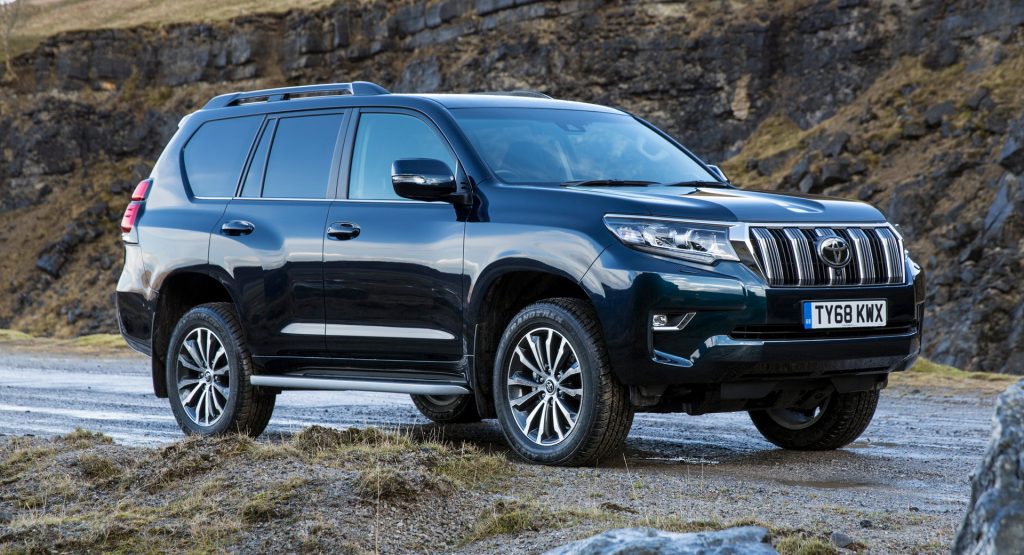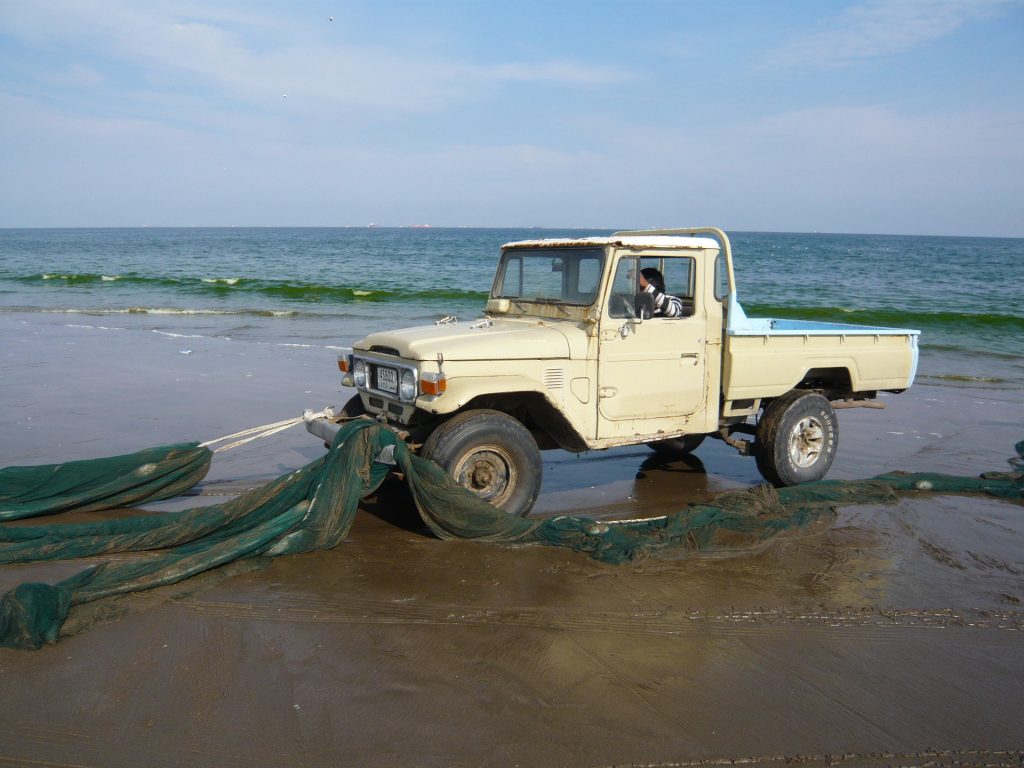Toyota is celebrating a big milestone for its longest-selling model on the market, as the iconic Land Cruiser has passed the 10 million-mark in global sales as of August 31.
The iconic off-roader has been on sale since August 1, 1951, meaning it’s been on the market for 68 years now, with the original model called the Toyota “Jeep BJ”.
Full-scale exports of the Land Cruiser didn’t start until the 20 Series model, which debuted in 1955. During that early era, Toyota would export fewer than 100 examples per year, but by 1965, that figure had surpassed 10,000 cars annually.
Also Read: New Toyota Land Cruiser Namib Is Made For Africa’s Tough Conditions
Toyota is currently offering the Land Cruiser in 170 countries worldwide, with annual global sales standing at around 400,000 units.
Thanks to its legendary robustness and reliability, the Land Cruiser helped the company build its brand around the world and create a strong foothold to expand their exports. Toyota says that there are Land Cruiser 40 Series models around the world still in use almost half a century after they were manufactured.
The Land Cruiser 40 Series was first launched in 1960 and was offered with four wheelbase options, enabling numerous iterations to suit every need possible, from two-door open-tops to hard-top troop carriers, or ‘Bush Taxis’ as they were nicknamed in West Africa. Production in Japan ended in 1986, but the 40 Series continued its career through to late 2001 via its Brazilian sibling called the Toyota Bandeirante (aka the 50 Series).
The 70 Series was introduced in 1984, with the range split to two families: the leaf-sprung cargo workhorse (Heavy Duty) and a more comfortable coil-sprung version (Light Duty) for the passenger version.
In 1996, the 90 Series was launched, essentially steering the Land Cruiser into a more modern direction. The front live axle was replaced with an independent suspension and the range was simplified to three- and five-door bodystyles.
Toyota wants to preserve the legend of the Land Cruiser and exceed customer expectations. To that end, it intends to set more rigorous standards for future models in order to make sure that, even though it’s modernized, it will continue to be used in every corner of the world.



































